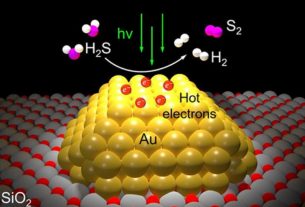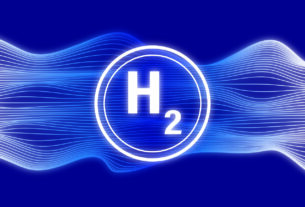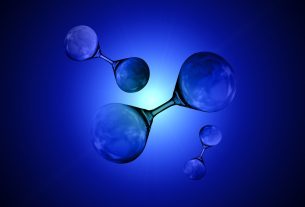Germany – In order to shape the hydrogen economy in Germany, GASCADE and Fluxys, two long-standing partners in pipeline infrastructure, collaborate on the doing hydrogen and AquaDuctus projects.
These infrastructure initiatives will significantly aid Germany’s decarbonization efforts by linking hydrogen demand centers with onshore and offshore hydrogen production.
Doing hydrogen
Doing hydrogen is a massive pipeline project that aims to launch the hydrogen market in eastern Germany by the year 2027. As part of the eastern German hydrogen grid, the GASCADE-Fluxys project entails the construction of a strategically important 50-kilometer hydrogen pipeline from the Rostock region on the Baltic Sea to the south. A robust hydrogen hub connecting centers for production, storage, and demand will be created by this infrastructure.
AquaDuctus
A large-scale, phased offshore pipeline project called AquaDuctus will effectively transport hydrogen generated by North Sea wind farms onto the German onshore hydrogen grid. End of 2026 is the target date for the first phase of AquaDuctus, which will link the island of Heligoland with the first offshore electrolysers. The AquaDuctus offshore pipeline system is expected to transform into a major hydrogen corridor by 2035, transporting up to one million tons of hydrogen into Germany.
Decarbonization goals
The recent RePower EU package and the GASCADE-Fluxys hydrogen pipeline projects are both essential pillars for achieving the decarbonization goals set forth in the EU Green Deal. The Federal Ministry for Economics and Climate Action has therefore identified them as Important Projects of Common European Interest (IPCEI).




